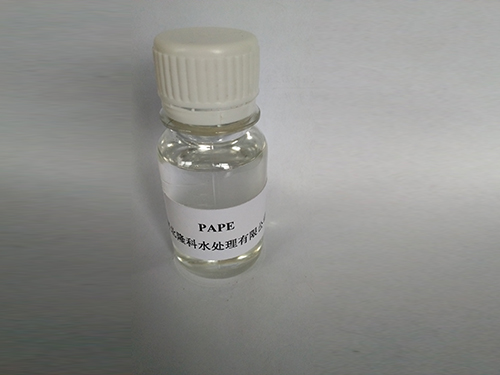Understanding the Benefits and Applications of Zinc HEDP in Various Industries
Understanding Zn-HEDP Properties and Applications
Zinc Hydroxyethylidene Diphosphonate (Zn-HEDP) is an important compound that has gained significant attention in various fields, particularly in water treatment, corrosion inhibition, and biomedical applications. This article delves into the structure, properties, and potential applications of Zn-HEDP.
Structure and Chemical Properties
Zn-HEDP is a complex of zinc with Hydroxyethylidene Diphosphonic Acid (HEDP), which is a phosphonic acid known for its ability to chelate metal ions. The chemical formula of HEDP is C2H8O7P2, and when it forms a complex with zinc, it enhances the solubility and bioavailability of the metal. The coordination of zinc ions with HEDP creates a stable complex, making it an effective agent for various industrial applications.
One of the remarkable properties of Zn-HEDP is its stability in a wide range of pH levels and temperatures. This stability allows it to function effectively in harsh environments, making it a valuable compound in industries like water treatment, where conditions can be variable and unpredictable.
Applications in Water Treatment
In water treatment, Zn-HEDP is primarily used as a sequestering agent and corrosion inhibitor. It effectively binds to metal ions present in water systems, preventing them from precipitating and causing scaling. This property is particularly beneficial in cooling towers and boiler systems, where scale formation can lead to inefficiencies and increased maintenance costs.
Additionally, Zn-HEDP is valued for its low toxicity compared to other chemical alternatives. This aspect is crucial for applications in drinking water systems, where human health and safety are paramount. Its ability to sequester heavy metals also contributes to its application in wastewater treatment, where it can help remove harmful substances.
'zn hedp 锌hedp'

Role in Corrosion Inhibition
Corrosion is a major concern in industries that deal with metal structures and equipment. Zn-HEDP plays a critical role in corrosion inhibition by forming protective films on metal surfaces. These films act as barriers that prevent corrosive agents from coming into contact with the metal, thus extending the lifespan of equipment and reducing maintenance costs.
The effectiveness of Zn-HEDP as a corrosion inhibitor has made it a preferred choice in various sectors, such as oil and gas, marine, and construction. Its compatibility with other corrosion inhibitors enhances its performance and allows for its use in combination treatments.
Biomedical Applications
Beyond industrial uses, Zn-HEDP also shows promise in the biomedical field. Research indicates that Zn-HEDP may have potential therapeutic applications due to its ability to chelate calcium and other minerals. This property could be beneficial in treating bone-related disorders or conditions that involve mineral imbalance.
Additionally, the bioavailability of zinc in the Zn-HEDP complex opens new avenues for nutritional supplementation. Zinc is essential for numerous biological functions, including immune response, DNA synthesis, and cell division. Hence, creating supplements using Zn-HEDP may provide an effective way to replenish zinc levels in the body.
Conclusion
Zn-HEDP is a versatile compound with diverse applications in water treatment, corrosion inhibition, and potentially in the biomedical field. Its stability, low toxicity, and chelating properties make it an attractive option for industries seeking effective solutions to common challenges associated with metal ions. As research continues to explore new applications and formulations, Zn-HEDP holds significant promise for future innovations in both industrial and health-related applications.
-
Pbtc Scale InhibitorPBTC: A Scale Protector for Industrial Water TreatmentNewsAug.05,2025
-
Organic Phosphonate: An Efficient Defender in the Field of Scale InhibitionNewsAug.05,2025
-
Hydrolyzed Polymaleic Anhydride: Green Pioneer in Scale Inhibition FieldNewsAug.05,2025
-
PAPEMP Polyamino Polyether Methylene Phosphonic Acid For SaleNewsAug.05,2025
-
Flocculant Water Treatment: A Pioneer in Purification in the Field of Water TreatmentNewsAug.05,2025
-
Benzyl Isothiazolinone: An Efficient and Broad-Spectrum Antibacterial Protective GuardNewsAug.05,2025





